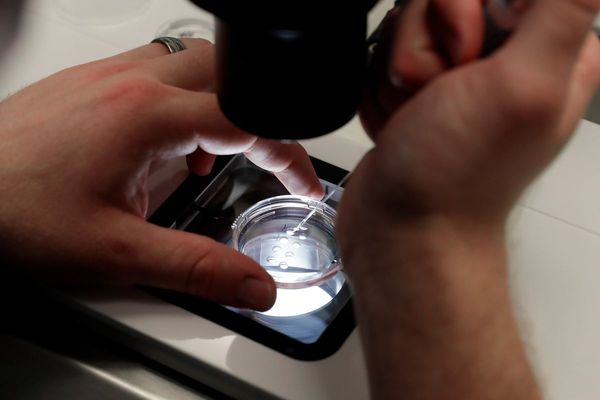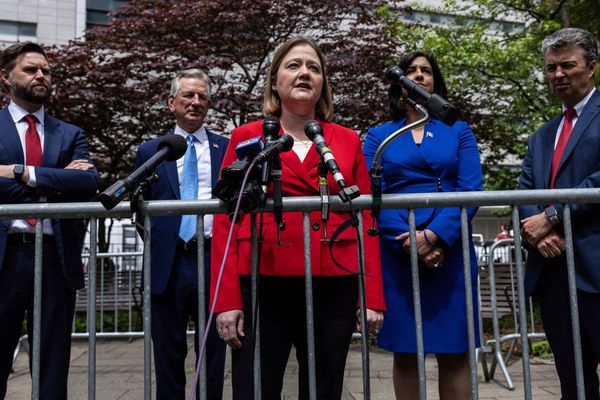
As the electric motorcycle market continues to evolve, manufacturers and startups alike are searching for ways to one-up the competition. From swappable battery networks to solid-state batteries, engineers and designers are finding that there’s more than one path to EV supremacy. For Germany-based electric motorcycle and scooter brand Horwin, the answer lies in denser battery units that charge in a fraction of the time.
To achieve those ends, Horwin is partnering with Brazilian niobium specialists CBMM to develop niobium-enriched lithium-ion batteries. Mainly sourced in Brazil, niobium is frequently used to strengthen alloys thanks to its titanium-rivaling Mohs hardness rating iron-like ductility. Under the Horwin agreement, CBMM and Toshiba will develop fast-charging lithium-ion using niobium-titanium oxide (NTO).
Compared to Toshiba’s current lithium titanium oxide (LTO) anodes, the NTO units will boast three times the energy capacity and reduce recharge intervals to 10 minutes. Once available, Horwin will test the NTO batteries in a prototype similar to its CR6 production model. The current CR6 houses a 6.2kW (8.3-horsepower) motor and reaches up to 93 miles on a single charge. The firm anticipates the NTO power units to drastically increase that figure.
“With CBMM’s expertise and pioneering spirit, added to our highly skilled team in developing new solutions, the expectation is that the motorcycle with a niobium battery will be available in the Brazilian market as early as 2024,” explained Horwin Brazil's CEO Pricilla Favero. “We are working so that soon anyone will be able to use an electric motorcycle with ultra-fast charge. In addition to this recharge differential, niobium batteries bring benefits in terms of safety and battery life, as they allow up to 20,000 charges under a relatively wide range, which alone is the greatest advance in recent times.”
This isn’t the only joint venture CBMM has undertaken, though. In February, 2022, the Brazilian company signed a deal with resurgent electric motorcycle brand Lightning. While CBMM is still developing niobium-rich battery packs for Lightning, the team aims to develop a lightweight and highly-efficient battery for high-performance applications. For Horwin’s purposes, CBMM will focus on reliability and range more than performance metrics.
“Being a very stable element, it allows safer and more efficient operations,” revealed CBMM Battery Program Manager Rogério Marques Ribas. “Furthermore, due to its more open crystal structure, which facilitates lithium intercalation, it allows a full recharge in less than ten minutes, without damaging the battery.”







